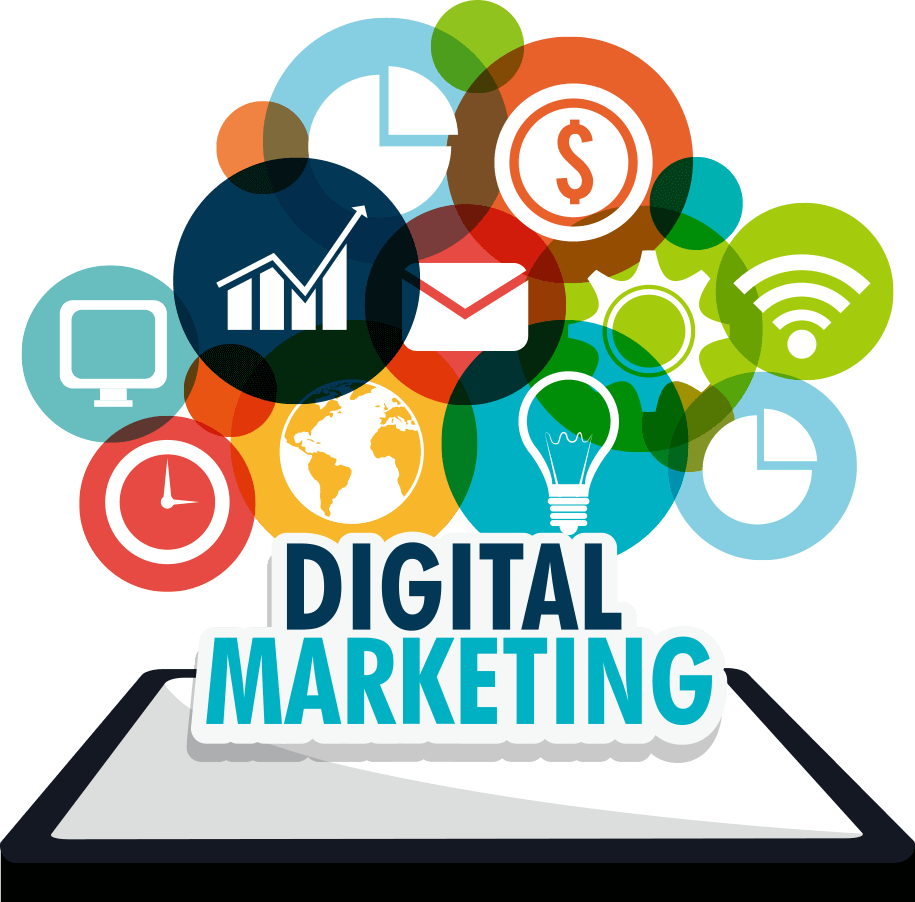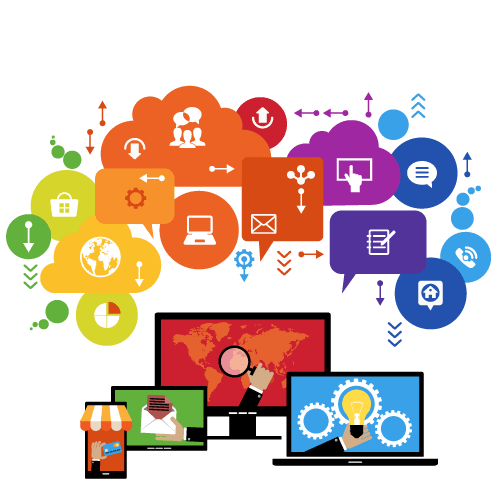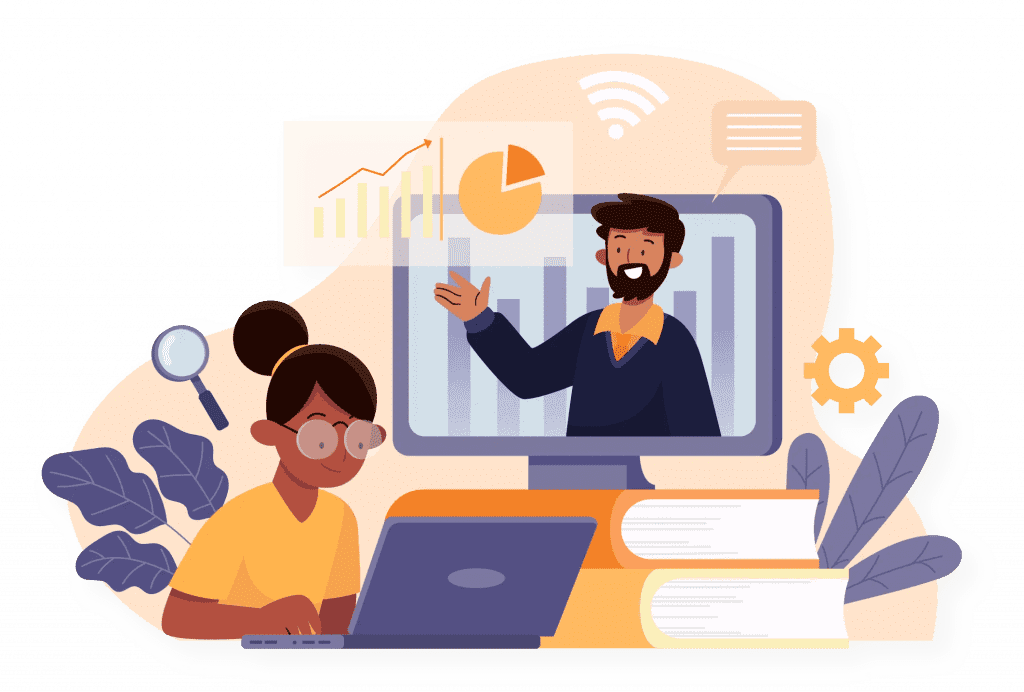- +9190414-55250
- enquiry@csiknowledgehub.in
- Mon - Fri: 9:00 - 18:30
Courses
“Great web design without functionality is like a sports car with no engine.”
Introduction of Zoho Development
(Duration 3months)
We at CSIKnowledgeHub offer the Zoho Development course which include all major applications of zoho plateform like Zoho Creator, Zoho Books, Zoho analytics and many more. Zoho helps you to run entire business with 45+ integrated applications. We allow you to work with zoho and all its integrated applications.

“Digital is at the core of everything in marketing today—it has gone from ‘one of the things marketing does’ to ‘THE thing that marketing does.”
SEO :
We at CSIKnowledgeHub offer a job oriented digital marketing training program. At a high level, digital marketing refers to advertising delivered through digital channels such as search engines, websites, social media, email, and mobile apps. Using these online media channels, digital marketing is the method by which companies endorse goods, services, and brands. Consumers heavily rely on digital means to research products. For example, Think with Google marketing insights found that 48% of consumers start their inquiries on search engines, while 33% look to brand websites and 26% search within mobile applications.

Scope :
While modern day digital marketing is an enormous system of channels to which marketers simply must onboard their brands, advertising online is much more complex than the channels alone. In order to achieve the true potential of digital marketing, marketers have to dig deep into today’s vast and intricate cross-channel world to discover strategies that make an impact through engagement marketing. Engagement marketing is the method of forming meaningful interactions with potential and returning customers based on the data you collect over time. By engaging customers in a digital landscape, you build brand awareness, set yourself as an industry thought leader, and place your business at the forefront when the customer is ready to buy.
By implementing an omnichannel digital marketing strategy, marketers can collect valuable insights into target audience behaviors while opening the door to new methods of customer engagement.
Additionally, companies can expect to see an increase in retention.According to a report by Invesp, companies with strong omnichannel customer engagement strategies retain an average of 89% of their customers compared to companies with weak omnichannel programs that have a retention rate of just 33%. As for the future of digital marketing, we can expect to see a continued increase in the variety of wearable devices available to consumers. Forbes also forecasts that social media will become increasingly conversational in the B2B space, video content will be refined for search engine optimization (SEO) purposes, and email marketing will become even more personalized.
“What separates design from art is that design is meant to be… functional.”
Web Designing:
Web design refers to the design of websites that are displayed on the internet. It usually refers to the user experience aspects of website development rather than software development. Web design used to be focused on designing websites for desktop browsers; however, since the mid-2010s, design for mobile and tablet browsers has become ever-increasingly important.
Scope :
A web designer works on the appearance, layout, and, in some cases, content of a website. Appearance, for instance, relates to the colors, font, and images used. Layout refers to how information is structured and categorized. A good web design is easy to use, aesthetically pleasing and suits the user group and brand of the website. Many web pages are designed with a focus on simplicity so that no extraneous information and functionality that might distract or confuse users appears. As the keystone of a web designer’s output is a site that wins and fosters the trust of the target audience, removing as many potential points of user frustration as possible is a critical consideration.

Two of the most common methods for designing websites that work well both on desktop and mobile are responsive and adaptive design. In responsive design, content moves dynamically depending on screen size; in adaptive design, the website content is fixed in layout sizes that match common screen sizes. Preserving a layout that is as consistent as possible between devices is crucial to maintaining user trust and engagement. As responsive design can present difficulties in this regard, designers must be careful in relinquishing control of how their work will appear. If they are responsible for the content as well, while they may need to broaden their skill set, they will enjoy having the advantage of full control of the finished product.
“We don’t just build websites, we build websites that SELLS”
Web Development
We at CSIKnowledgeHub offer the Web development job oriented training program, which helps students as well as working professionals to achieve their goal. We cover all the important topics in the development course. The basic tools involved are programming languages called HTML (Hypertext Markup Language), CSS (Cascading Style Sheets), and JavaScript. There are, however, a number of other programs used to “manage” or facilitate the construction of sites that would otherwise have to be done “from scratch” by writing code. A number of content management systems (CMS) fall into this category, including WordPress,drupal and other cms too.

Scope :
Web development is closely related to the job of designing the features and functionality of websites and apps (often called “web design”), but the “web development” term is usually reserved for the actual construction and programming of websites and apps.
Think of all the websites you have used over the years – Web Developers built those sites, making sure they functioned properly and performed in ways that allowed for a great user experience. Web Developers do this by writing lines of code, using a variety of programming languages, which vary depending on the tasks they are performing and the platforms they are working on.
By implementing an omnichannel digital marketing strategy, marketers can collect valuable insights into target audience behaviors while opening the door to new methods of customer engagement.
Additionally, companies can expect to see an increase in retention.According to a report by Invesp, companies with strong omnichannel customer engagement strategies retain an average of 89% of their customers compared to companies with weak omnichannel programs that have a retention rate of just 33%. As for the future of digital marketing, we can expect to see a continued increase in the variety of wearable devices available to consumers. Forbes also forecasts that social media will become increasingly conversational in the B2B space, video content will be refined for search engine optimization (SEO) purposes, and email marketing will become even more personalized.
“The Future’s Bright. The Future’s AI”
Artifical Inteligence
Artificial Intelligence (AI) is a transformative field of computer science that aims to create machines capable of mimicking human intelligence. It involves the development of algorithms, systems, and technologies that enable computers to perform tasks that typically require human-like cognitive functions, such as learning, reasoning, problem-solving, and decision-making. AI encompasses a wide range of techniques, including machine learning, natural language processing, computer vision, and deep learning.
Scope :
AI’s far-reaching impact spans various domains, revolutionizing healthcare with precise diagnoses, drug discovery, and personalized treatment plans through machine learning. In the financial sector, it transforms services by enhancing fraud detection, algorithmic trading, and offering tailored financial advice, aided by AI-powered chatbots. Autonomous vehicles, including self-driving cars and drones, rely on AI for navigation and decision-making. Manufacturing benefits from AI-driven automation, optimizing production and predicting maintenance needs, boosting efficiency and cost savings. Education benefits from AI’s personalized learning experiences and streamlined administrative tasks. AI-driven chatbots and virtual assistants revolutionize customer service, providing 24/7 support. AI also contributes to content recommendations, video game development, and creative art and music generation in the entertainment industry.

AI’s transformative power is evident in its ability to drive innovation across a wide range of industries. It has the potential to enhance efficiency, improve decision-making, and solve complex problems that were once insurmountable. As AI continues to advance, it is crucial to consider the ethical and societal implications it brings, such as data privacy, job displacement, and bias in algorithms. To harness AI’s full potential while addressing these challenges, a multidisciplinary approach involving technology, ethics, and regulation is necessary. AI is not just a technology; it’s a force that will shape the future in profound ways, and its scope is limited only by our creativity and ethical considerations.


